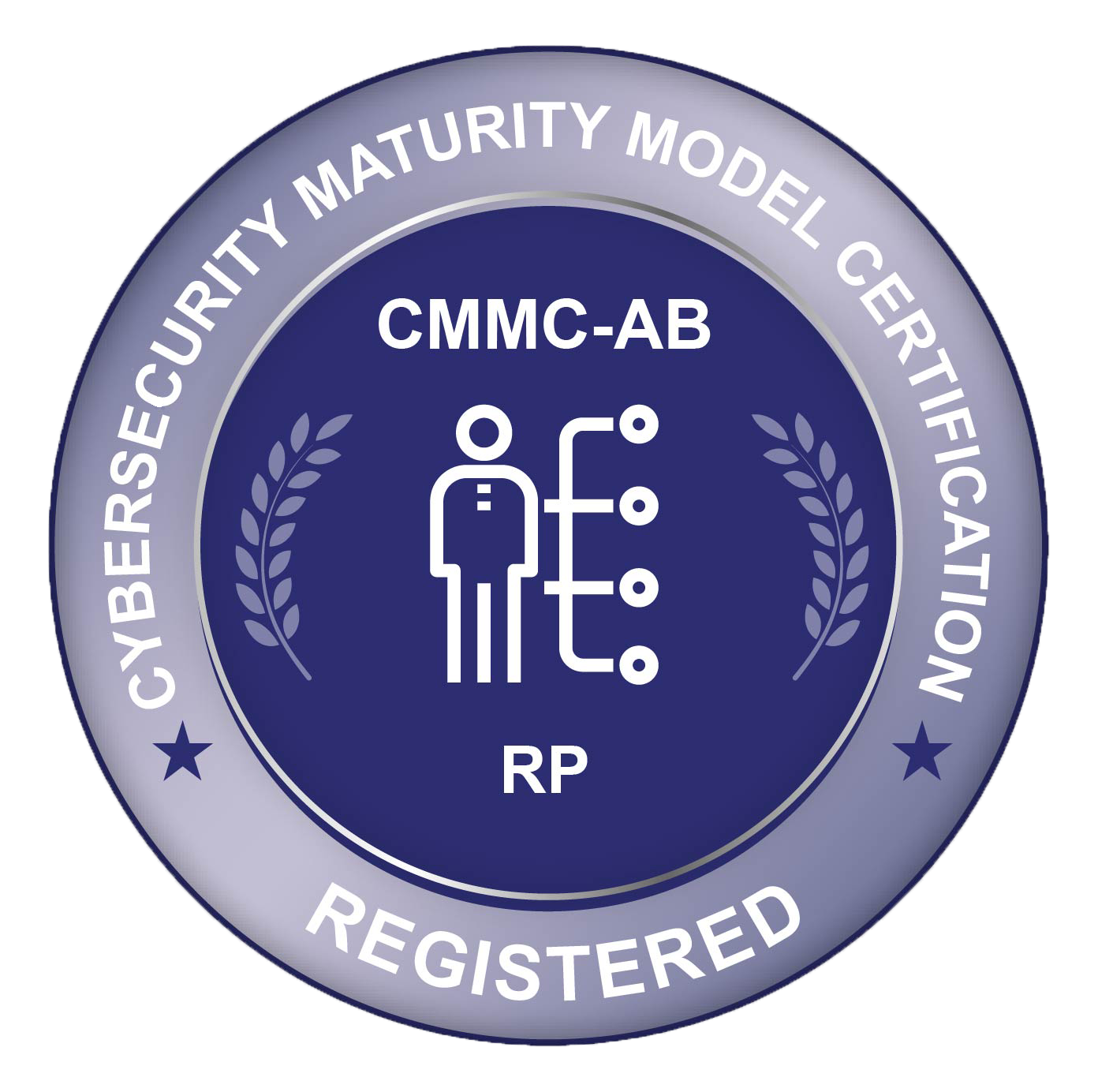MTBW Services Inc. Personnel Attend CompuMaster Exchange 2003 Advanced Training Seminar
10 & 11 April 2006
In a continuing effort to hone the skills of MTBW Services Inc. personnel, the company purchased admittance to the Exchange 2003 training session offered by CompuMaster. This advanced training covered Installing, Administering & Optimizing Exchange 2003.
Over the years, CompuMaster/SkillPath has grown to become the premier provider of business training in the United States, Canada, Australia, New Zealand and the UK. When the opportunity arose to attend training in the area, MTBW Services allocated the time and resources to do so.
“Through various previous training classes and years of real world experience deploying Exchange 2003, we’ve obtained a high level skillset regarding the product”, stated Greg Baharoff, System Engineer with MTBW Services. He continued, “Since our background provided an in depth knowledge of the product, I was concerned that the training would be just a reinforcement of what we already knew. Not that reinforcing information is a negative, I was just eager to learn more. The CompuMaster training session wasn’t a disappointment. Though about 90 percent covered areas we were familiar with, the other 10 percent was extremely beneficial.”
The intensive two day training seminar covered all areas of Exchange 2003, including initial configuration settings to get started with great performance and maximum stability, how to configure message tracking and logging to get the real picture of what’s happening on the Exchange server, how to protect against viruses and other e-mail threats, monitoring and troubleshooting techniques that’ll virtually eliminate downtime and keep your system running at peak performance and much more!
The Agenda Covered:
Day one: 9:00 a.m. 4:00 p.m.
Installing Exchange Server 2003
- With each new release of Microsoft® Exchange Server, the complexity of the software increases
- How to use the Exchange Server Deployment Tools
- The right way to upgrade Exchange 5.5 or Exchange 2000 and the conditions that may
- The important steps to take before installing Exchange Server 2003 there’s a lot more than
- How to install the Exchange Server 2003 management tools
- The first things you need to do, once you’ve installed Exchange Server 2003, to begin using it
Configuring Exchange Server 2003
After you’ve got Exchange installed, you have to configure it for your specific situation, and it’s not just a matter of making a few minor adjustments and tweaks. In this session, you’ll learn how to properly configure your Exchange server for easy administration and trouble-free operation. You’ll find out how to enable support for administrative and routing groups and how to properly configure them. You’ll also find out …
- What a storage group and store are and how to create them
- How to add objects to administrative groups and copy policy objects between groups
- How to set a recipient policy and apply filter rules to establish the membership of a recipient
- How to configure your server to operate in mixed or native mode and how to switch server modes
- Step-by-step procedures to configure message tracking and SMTP logging
Implementing Exchange Server 2003 security
Security has moved to the top of the list when it comes to administrative tasks for anyone dealing with computers, and that’s especially important when it comes to administering Exchange Server 2003. In this session, you’ll learn the tips and techniques you need to configure security on your server and feel confident that you’ve got a secure, stable system that won’t be plagued by all those attacks you hear about every day. In this session, you’ll learn …
- How to use the Exchange Administration Delegation Wizard to simplify delegating permissions
- How to set permissions on individual Exchange objects and how to set the Exchange extended permissions as well
- How to protect against viruses
- How to implement digital signatures and encryption functionality on your server
- Which services you should shut down and which ones need to be running on your server to provide maximum security
Managing Exchange Server 2003 recipients
- Managing Exchange Server 2003 recipients involves a great deal more than simply creating mailboxes
- How to quickly create mailboxes for all your user accounts
- How to create and delete Exchange mailboxes
- How to use scripts to automate mailbox administration
- How to configure storage limits on individual mailboxes
- How to create mail-enabled groups and query-based distribution groups
Day two: 9:00 a.m. 4:00 p.m.
Managing Exchange Server 2003 information storage
In this session, you’ll learn how Exchange Server 2003 stores information and how you can take full advantage of Exchange store capabilities to achieve maximum performance from your server. You’ll also find out the differences between Exchange Server 2003 Standard and Enterprise Editions when it comes to storage groups and stores. We’ll also show you how to mount and dismount stores and the critical steps that must be taken after you’ve moved a store. You’ll also discover:
- The right way to recover mailbox stores using a Recovery Storage Group
- How to create and control access to public folders
- How to quickly create a public folder index and allow client searches of the index for efficient information retrieval
- How to manage public folder replication and how to make public folders from one organization available to users in another organization, using the InterOrg Replication Utility
- How to create and maintain a forms library and how to easily create custom forms for your
Administering Exchange Server 2003 message routing
In this session, you’ll learn how to configure multiple servers running Exchange to work together. You’ll also find out how to connect Exchange Server 2003 to other messaging systems to transfer messages between them, synchronize directory and calendar functions or migrate users from the other messaging system. Also in this session, we’ll show you how to manage the expanded SMTP service that comes with Exchange Server 2003. You’ll also learn …
- How to create and administer routing groups
- How to install and configure various connectors such at SMTP, TCP/IP, X.400 and more
- When you should use an SMTP connector instead of a Routing Group connector
- How to configure the SMTP virtual server security options
- How to manage SMTP messages, including message size limitations, number of recipients
Managing Exchange Server 2003 client connectivity
- In this power-packed session, you’ll discover the multitude of ways clients can access information
- How to configure HTTP support on your Exchange server to provide users with access to
- The right way to configure IMAP4 clients and a few traps to avoid when using IMAP4 clients
- How to configure the NNTP service and set up a newsgroup topology
- What you need to know about configuring POP3 and its limitations
- How to configure Outlook Web Access to allow client access via a Web browser
Exchange Server 2003 monitoring and troubleshooting
Once you’ve got your server completely set up and configured properly, you’ll then need to monitor your server to ensure your system is functioning properly and operating at peak performance levels. This session will show you how to properly monitor your Exchange server, make necessary adjustments and troubleshoot when things go wrong. You’ll also learn how to create and implement a preventive maintenance plan that will help you virtually eliminate system malfunctions. You’ll also learn …
- Which server resources you must monitor and which ones don’t really tell you
- How to create administrative notifications that are automatically sent when a system problem occurs
- How to create diagnostic logs that can track specific logging levels such as minimum
- How to monitor message flow using the Message Tracking Center
- Step-by-step troubleshooting techniques to solve virtually any problem you might encounter with your system, including disaster recovery techniques








